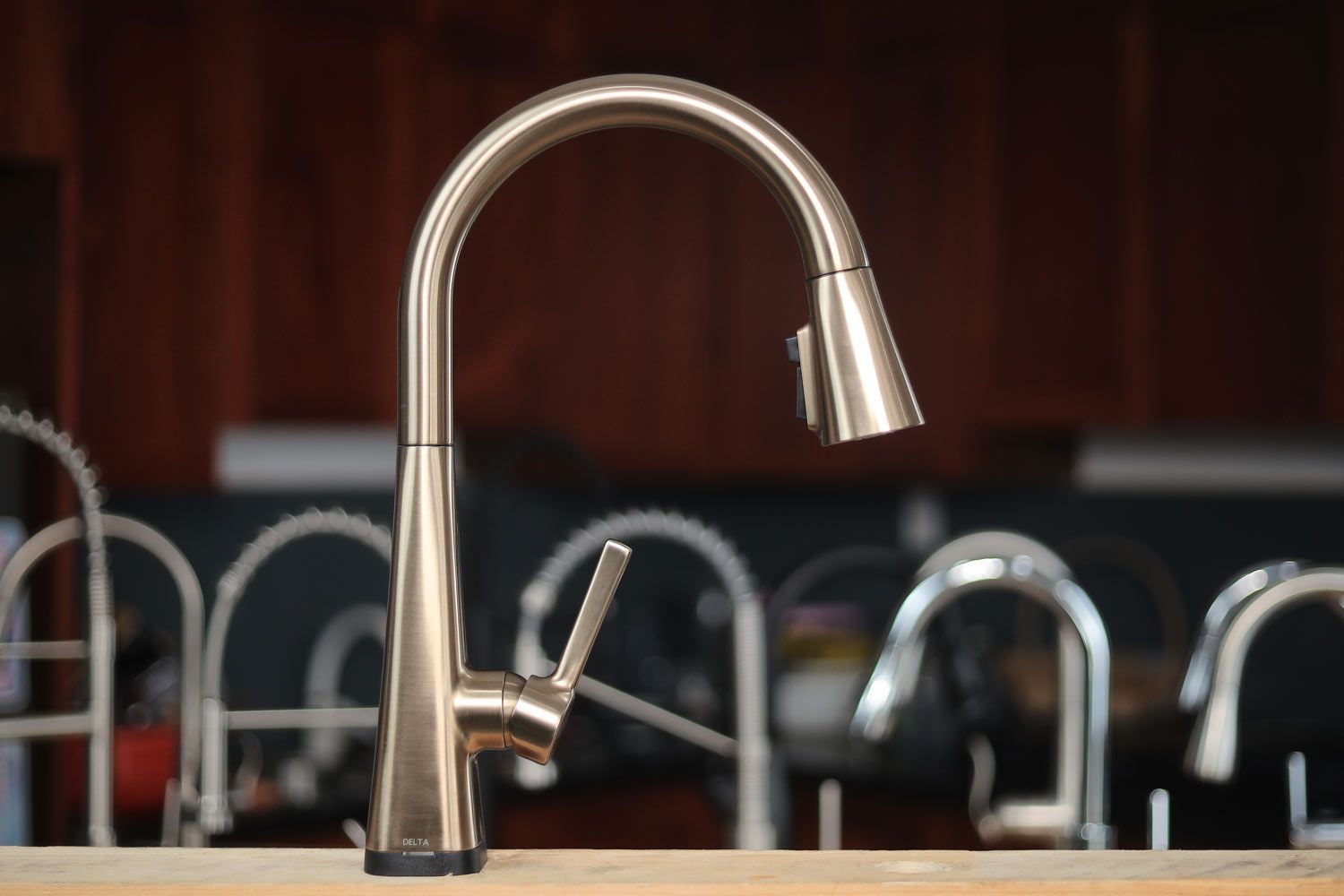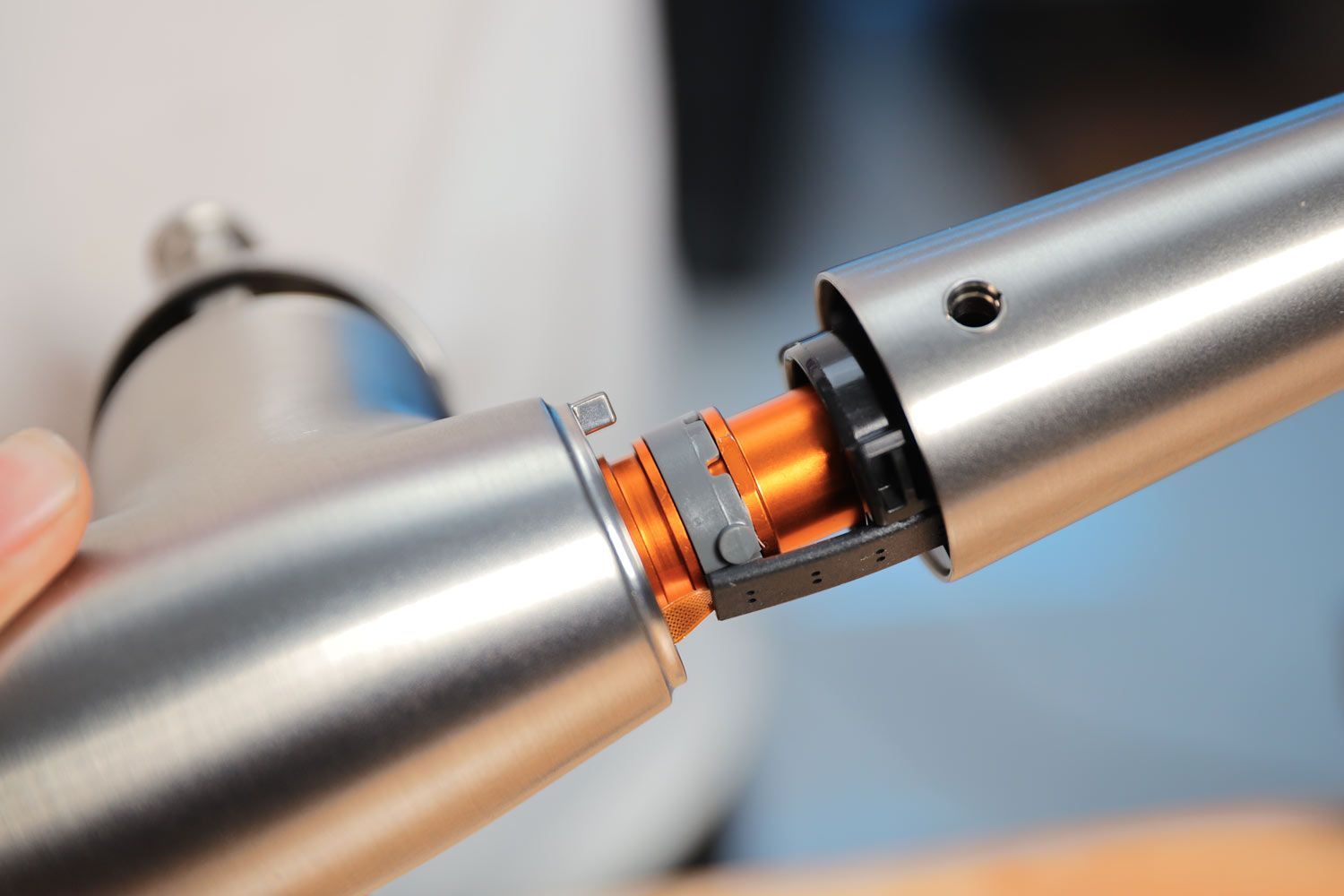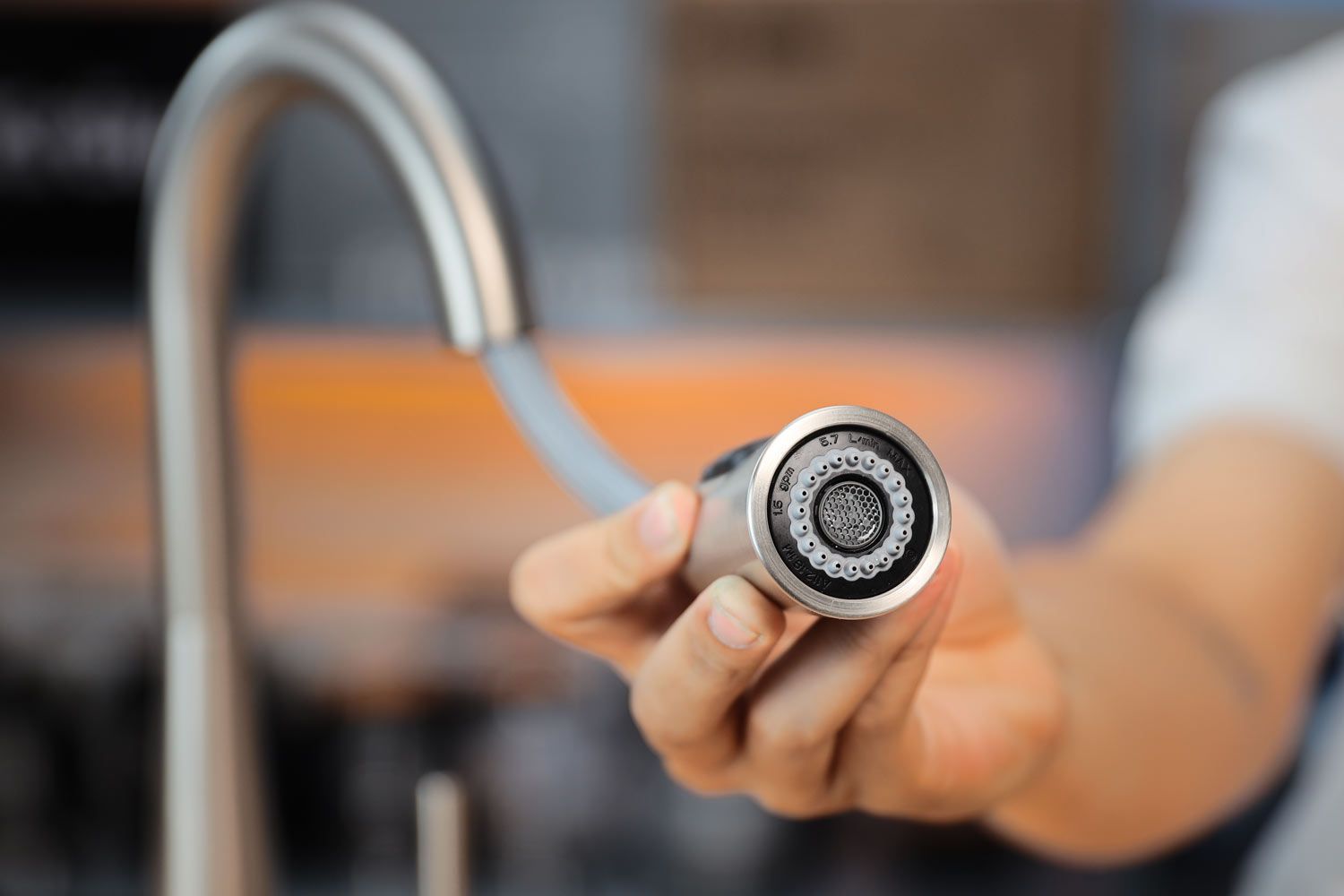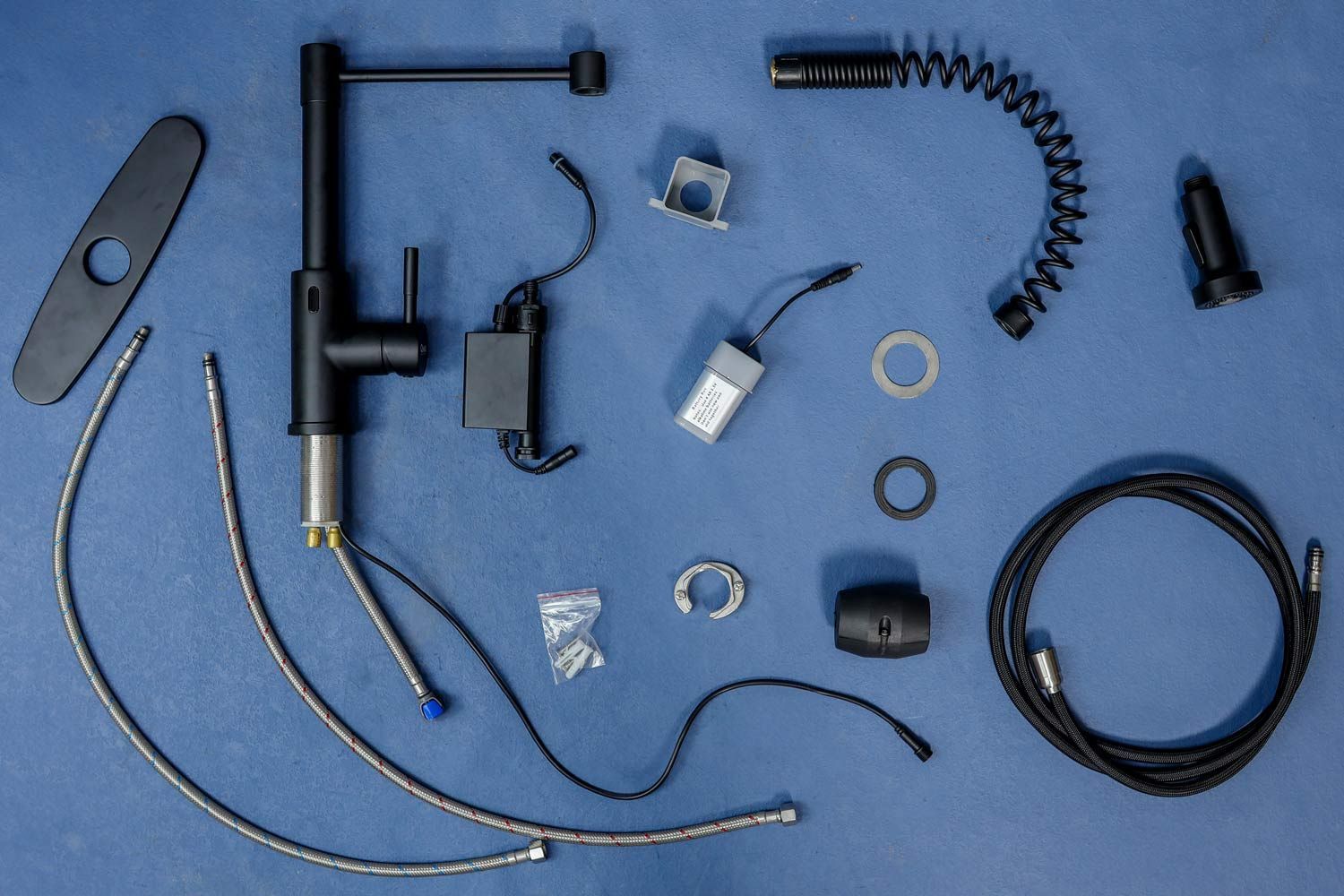Our recommendations are made independently. We may receive commissions from purchases made via our links.
How We Test Our Kitchen Faucets v1.0
Testing a wide range kitchen faucets provides valuable data that helps our reviews be more accurate. Here, you’ll find a detailed explanation of our evaluation process.
Anyone who cooks knows that a faucet is one of the most useful tools in the modern kitchen. Imagine preparing and cooking meals without clean, running water in your kitchen. And as superficial as this industry goes, a faucet is only good-looking when it’s well-working. That’s basically our motto when designing the evaluation process for this particular franchise.

How We Evaluate
With the importance of practicality in mind, we prioritize the quality of construction and the products’ functionality above all else. We essentially bring everything back to its fundamental value and conduct assess from this grounded view:
- Performance (10%)
- Design (40%)
- Usability (50%)
Product scores are presented on a 0-10 scale for the sake of simplicity.
Performance - Low Pressure (10%)
In this segment, we want to highlight the main use of a faucet, which is drawing water, and how it may be affected by different makes. “Performance” will reflect a faucet’s ability to work water under a certain pressure, and it influences 10% of the final product scores.
Design (40%)
Design takes up 40% of the final scores and it’s a major part of the evaluation process. Despite what “design” may suggest, assessing the quality of the body, the spout, and the faucet as a whole is the primary approach for this segment.
Body (15%)

We examine the body design of each kitchen faucet, specifically in regards to how easy it is to clean the spout and to what extent the spout can swivel. A good faucet body, by our definition, should not require any disassembly to be cleaned and offer a full 360-degree swivel.
Sprayer (15%)
We compare each faucet’s sprayer head to determine what we like and don’t. We’ve noted no significant differences in the quality of the nozzles on the different faucets. However, the design and quality of the function buttons vary wildly.
Build Quality (70%)

The craftsmanship of each faucet decides whether or not it has a good final design. Here, we examine the thickness of the construction materials (mostly of the body) and the quality of the various components. We also consider heat insulation when a faucet runs hot water.
Usability (50%)
The final scores draw 50% from evaluating how the kitchen faucets dispense water and the related aspects. Usability greatly impacts our final verdict for each product as it most accurately gauges a faucet’s effectiveness.
We take the faucets apart, examine them from different angles, and pinpoint elements that shape how users may interact with them in the kitchen. Three main scoring factors for Usability include Sprayer, Control, and Installation.
Sprayer (40%)

As far as we’re concerned, the sprayer head determines whether or not a kitchen faucet is “easy to use”. With water running through the faucets, we examine how the sprayers move and feel, and how the different functions they offer perform. The reach of the sprayer is also taken into account for this segment.
Control (40%)
Water control is crucial to a good kitchen faucet and it differs from one single-handle, pull-down faucet to another, despite their similar designs. It’s even a bigger factor now that electronic/smart control is widely accessible and more variables emerge. Here, we examine the handle, the valve, and all that affect the faucets’s ability to provide water.
Installation (20%)

Installation is something we always think about, and with kitchen faucets, a straightforward, DIY-friendly setup is most definitely a plus. Included utility tools, parts designed to simplify the process, and accessible mounting positions are all contributing factors to the evaluation of this segment.